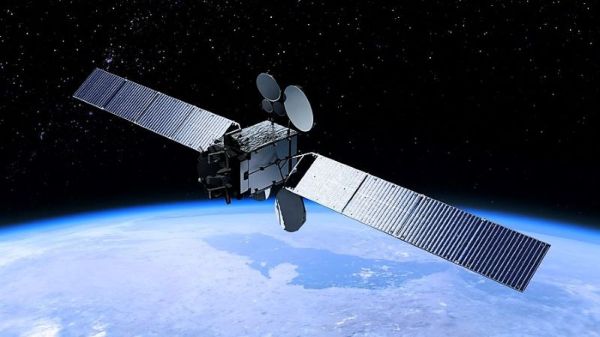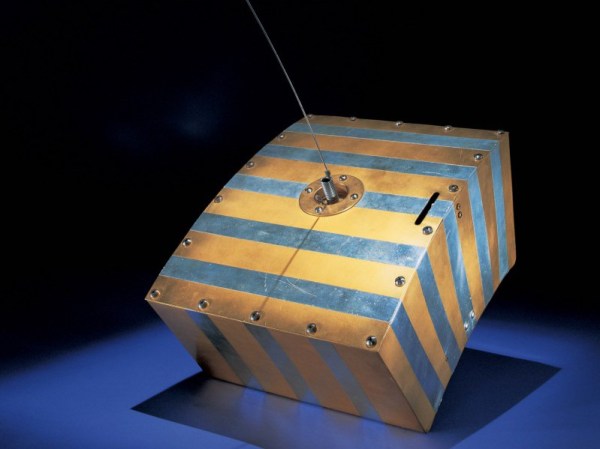Humanity had barely taken its first tentative steps into space with primitive satellites when amateur radio operators began planning their first satellites. Barely four years after Sputnik’s brief but momentous launch and against all odds, OSCAR 1 was launched as a secondary payload from an Air Force missile taking a spy satellite into orbit. Like Sputnik, OSCAR 1 didn’t do much, but it was a beginning.
Since then, amateur radio has maintained a more or less continuous presence in space. That first OSCAR has been followed by 103 more, and hams have flown on dozens of missions from the Space Shuttle to the ISS, where pretty much everyone is a licensed amateur. And now, as humans prepare once again to journey into deep space via the stepping stone of the proposed Lunar Gateway, amateur radio is planning on going along for the ride.
Continue reading “Hams In Space: Gearing Up For The Lunar Gateway”














